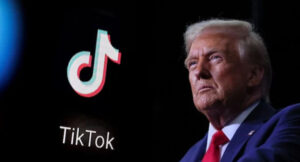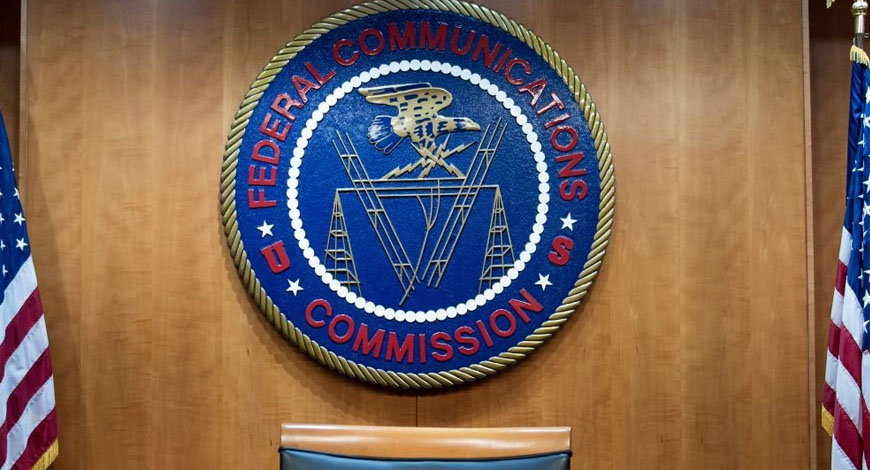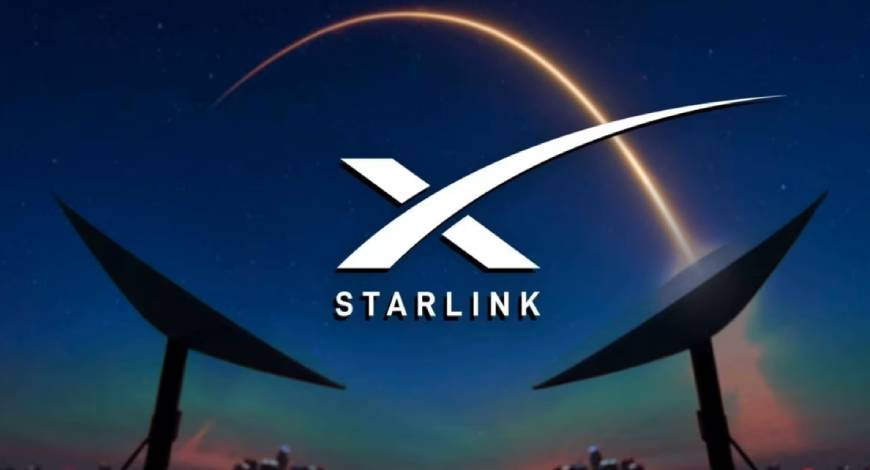India’s two major telecom operators signed separate deals with Elon Musk’s spaceflight company SpaceX in mid-March in a move that could signal his satellite internet network Starlink is one step closer to gaining entry to the South Asian country and its population of some 1.44 billion people.
The collaborations represented about-turns for the billionaire owners of India’s two largest telecommunications companies, Reliance Jio Infocomm Ltd and Bharti Airtel Ltd, who had vocally opposed Starlink’s gaining access to India just months earlier. Starlink has been seeking a license to operate in the country since 2021.
The deals notwithstanding, Starlink still requires the approval of the Telecom Regulatory Authority of India before it can legally operate in the country. The government is also yet to decide how airwaves for satellite communication will be priced in India, which would influence how much Starlink, if approved, could charge customers.
What Is Starlink?
Starlink is Musk’s satellite internet service operated by Space Exploration Technologies Corp., known as SpaceX. It is a network of low-Earth orbit (LEO) satellites, which circle about 550 kilometers from the Earth’s surface and as a result can send data to the ground more rapidly than traditional High-Earth geostationary satellites that are some 36,000 kilometers away. This makes the lower orbit satellites advantageous for technologies that require a fast response time, such as live video streaming, high frequency securities trading and self-driving cars.
Most people around the world, however, access the internet through “terrestrial” networks – a combination of local cellular towers and fiber optic cables.
Where Starlink has a competitive advantage is in providing high-speed internet via its satellites to people who don’t have access to the internet via terrestrial networks – whether it’s because they live in a remote location or the ground telecom infrastructure has been disrupted as a result of war or a natural disaster.
Since SpaceX launched its first Starlink satellites in 2019, it has signed up about 5 million customers in more than 100 countries, far outpacing its competitors. But India, along with China, is one of the major markets Starlink has not been able to access.
Why is there no Starlink in India?
Musk has been trying to get Starlink into the Indian market since 2021, when it began accepting pre-orders for its satellite internet service before it had obtained a license to operate in the country. The government ordered Starlink to stop taking deposits, close the pre-orders and refund payments it had collected until it secured proper licensing.
To get regulatory approval, SpaceX would have to comply with India’s strict data storage norms, which require foreign firms to store user data locally and grant real-time access to security agencies. The government has also asked the company to establish a control center in India, giving local authorities access to information when called upon.
In line with legislation, SpaceX would also have to disclose any links it has with India’s border-sharing countries – like China – before getting the green light. On top of that, all foreign telecom equipment must undergo mandatory testing by India’s telecom agency, adding another layer of compliance.
The government has cited security concerns – specifically around the potential use of Starlink devices in illegal activities. Indian authorities uncovered Starlink satellite equipment during a raid on a drug smuggling operation and an operation against an insurgent group along the Myanmar border. Musk has denied that Starlink operates in India at all.
What’s the internet market like in India?
Some 670 million of India’s 1.4 billion people – about 48% of the population – don’t have access to the internet, according to a 2024 report by GSMA, a trade body for mobile network operators worldwide.
Of non-active internet users – those who have not used the internet in at least a month – 16% said it was because it was too expensive, according to a study by the Internet and Mobile Association of India (IAMAI) and Kantar, a market research firm.
Most people in India have access to the internet wirelessly, via cellular towers, with more than 95% of Indian villages able to access 4G, after the government rolled out a telecom connectivity initiative in 2024.
Reliance Jio and Bharti Airtel – run by Indian businessmen Mukesh Ambani and Sunil Bharti Mittal respectively – are the two largest rivals in a booming telecom market in India. Vodafone Idea, in which the Indian government has a 23.5% stake, comes in third. Mobile-phone data is on average just 11 cents per gigabyte because fierce competition has kept prices low. That, however, is changing as these companies start to charge more to deliver higher profits after years of chasing customers by offering low fees.
Indians don’t have access to the internet via LEO networks. Both Ambani and Mittal, however, have invested in internet satellite companies. Mittal has invested in Starlink’s closest rival, OneWeb, which is part of Paris-based Eutelsat Group. Ambani’s Reliance Jio formed a joint venture with Luxembourg-based SES in 2022 with the goal of delivering very affordable high-speed internet via medium-earth orbit satellites.
What are the deals Starlink has made in India?
Both Reliance Jio and Bharti Airtel have secured Starlink’s marketing and distribution rights to tap a segment of users that live in remote areas with patchy wireless connectivity, according to people familiar with the internal discussions, who asked not to be identified as the information is private.
Based on the few details that have been released, Reliance Jio and Bharti Airtel would have the rights to sell and install the equipment that customers would need to access and use Starlink’s network, as well as facilitate an ongoing service. This is despite the fact no regulatory decisions have been made.
Why have these telecom companies embraced Starlink?
Both companies vociferously argued that allowing Starlink to enter India would give it an unfair leg-up in a market they have invested significantly in to create. But a government decision in October that signaled India would open up the satellite internet market to competition – by allocating airwaves to satellite networks at a pre-determined price rather than through a bidding war – may have changed their calculations about whether it was better to fight or join forces with Musk.
The deals between Starlink and the two telecom companies were struck a month after India’s Prime Minister Narendra Modi had a private meeting with Musk at the White House, during a trip to Washington DC to meet with US President Donald Trump.
Modi’s meeting with Musk to discuss “space, mobility, technology and innovation” also triggered a flurry of activity in India for Musk’s other company, Tesla Inc., showing how being in the Trump administration has bolstered the political clout of the world’s richest person. The American electric carmaker soon after advertised several roles in the South Asian country and signed a lease for its first showroom in Mumbai.
It comes as Modi has sought to, on several fronts, appease Trump, whose global trade tariff agenda could hit India’s economy hard.
Would India be a huge win for Musk and Starlink?
The combination of India’s vast population, the fact that there are areas of the country not serviced by cell towers, and that there is still further potential for mass internet adoption, makes it an attractive business proposition for Musk’s SpaceX. Switching on Starlink in India would mean unlocking additional revenue for the investments SpaceX has already made to its LEO satellite constellation.
But India would not be a “volume play” for Starlink because its primary market would be users in remote locations rather than data-heavy urban users who rely on terrestrial networks, according to Utkarsh Sinha, managing director at Bexley Advisors, a boutique investment bank focused early stage deals in Tech and Media.
Its pricing would also be key to mass adoption. A Starlink connection costs as much as $120 per month in the US, and that’s without the equipment, which starts from $349. For customers in Kenya, for example, Starlink has lowered its offering substantially — but it’s still $15 a month. In India, where the average rural wage in 2022 was just $148 a month, and the average cost of mobile data is among the cheapest in the world, it could be a hard sell. Bloomberg









